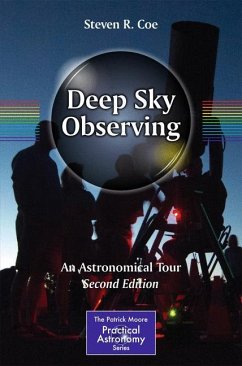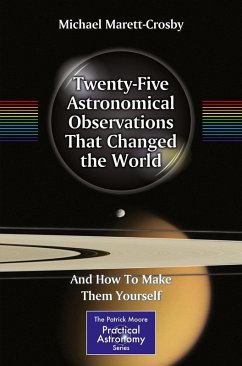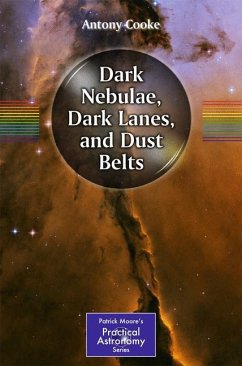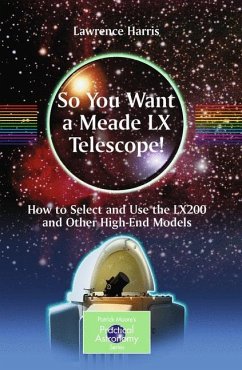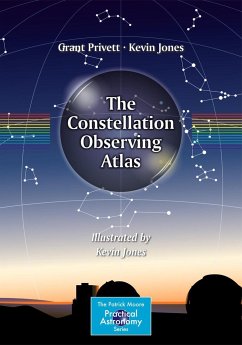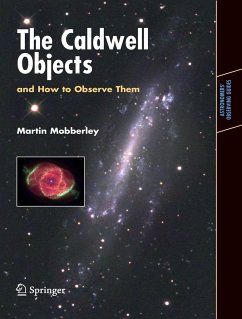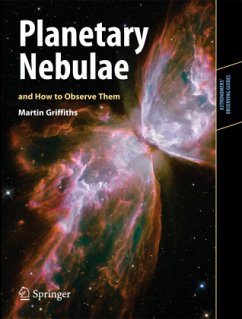
Observer¿s Guide to Star Clusters

PAYBACK Punkte
15 °P sammeln!
Amateur astronomers of all expertise from beginner to experienced will find this a thorough star cluster atlas perfect for easy use at the telescope or through binoculars. It enables practical observers to locate the approximate positions of objects in the sky, organized by constellation. This book was specifically designed as an atlas and written for easy use in field conditions. The maps are in black-and-white so that they can be read by the light of a red LED observer's reading light. The clusters and their names/numbers are printed in bold black, against a "grayed-out" background of stars ...
Amateur astronomers of all expertise from beginner to experienced will find this a thorough star cluster atlas perfect for easy use at the telescope or through binoculars. It enables practical observers to locate the approximate positions of objects in the sky, organized by constellation. This book was specifically designed as an atlas and written for easy use in field conditions. The maps are in black-and-white so that they can be read by the light of a red LED observer's reading light. The clusters and their names/numbers are printed in bold black, against a "grayed-out" background of stars and constellation figures.
To be used as a self-contained reference, the book provides the reader with detailed and up-to-date coverage of objects visible with small-, medium-, and large-aperture telescopes, and is equally useful for simple and computer-controlled telescopes. In practice, GO-TO telescopes can usually locate clusters accurately enough to be seen in a low-magnification eyepiece, but this of course first requires that the observer knows what is visible in the sky at a given time and from a given location, so as to input a locatable object. This is where "The Observer's Guide to Star Clusters" steps in as an essential aid to finding star clusters to observe and an essential piece of equipment for all amateur astronomers.
To be used as a self-contained reference, the book provides the reader with detailed and up-to-date coverage of objects visible with small-, medium-, and large-aperture telescopes, and is equally useful for simple and computer-controlled telescopes. In practice, GO-TO telescopes can usually locate clusters accurately enough to be seen in a low-magnification eyepiece, but this of course first requires that the observer knows what is visible in the sky at a given time and from a given location, so as to input a locatable object. This is where "The Observer's Guide to Star Clusters" steps in as an essential aid to finding star clusters to observe and an essential piece of equipment for all amateur astronomers.





